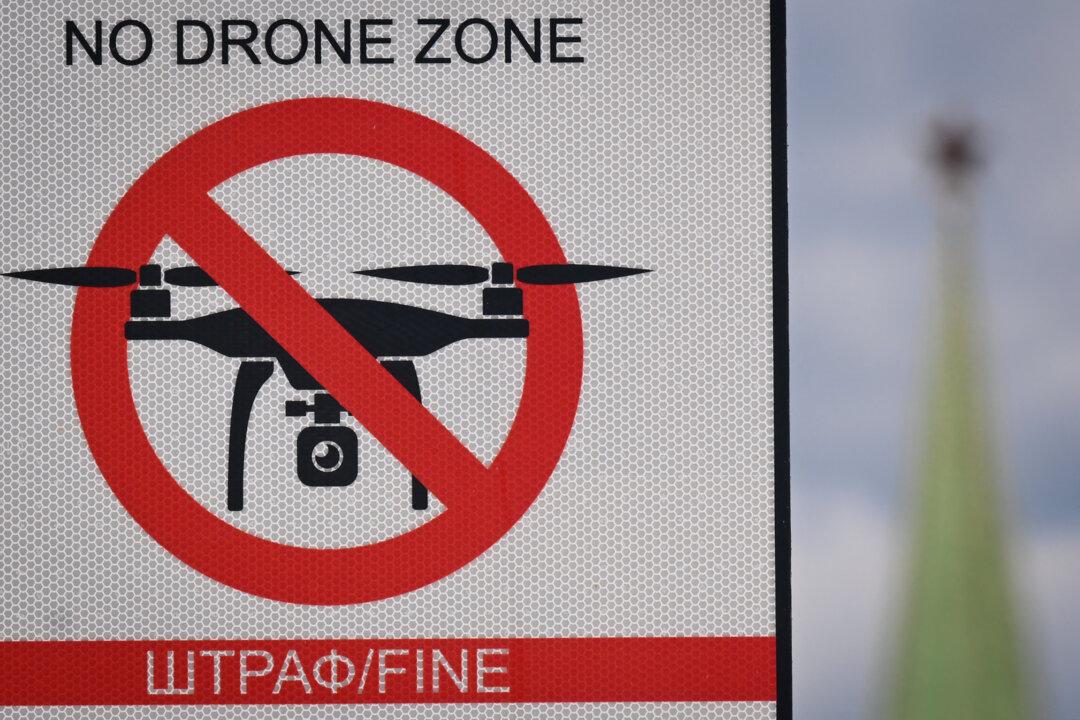U.S. ARMED FORCES, Southwest Asia—It’s dinnertime at the DFAC (the military acronym for chow hall) at this remote desert base somewhere in the Persian Gulf region. As they eat, a group of four U.S. Air Force A-10 pilots talk about their war against Daesh, which is what the U.S. military and its coalition partners call ISIS, or Islamic State.
Even with their close-cropped hair and tan flight suits, there’s nothing outwardly remarkable about the pilots. They might pass for any other Americans in their late 20s and early 30s. They smile a lot as they talk and casually tease each other based on inside jokes accumulated after living and working together 24/7 for about five months. Most have families and children back home. They have the normal complaints for deployed troops, including restrictions on mustache size, which is a major topic of conversation. Dinner at a U.S. military chow hall in 1944 probably wouldn’t be very different from this one.
As the pilots talk, they use all the familiar lingo and clichéd expressions common to military aviation. But among the typical lexicon there’s another word they use a lot, which seems to stand out from the rest: “hunting.”





